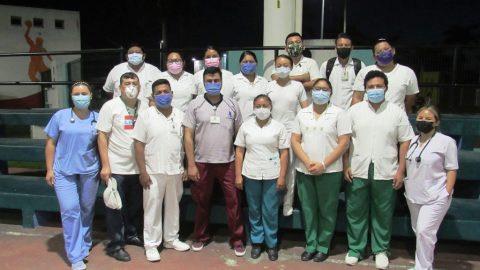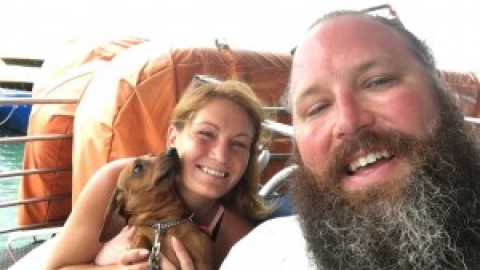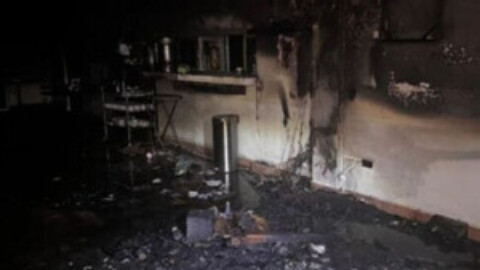This is the second post in a 4 part series, about Dengue, which originally appeared at blogtorchey.blogspot.com on Spanish on June 2011, by that time, little was known about Dengue and misleading information was a current language on the streets. In an effort to avoid our past experiences, the post hasn’t been edited. Whenever necessary or possible, 2013 remarks and comments will be properly pointed out.
B – Garbage, trash and water containers
First I wish to clarify about a question from the previous publication. An infected person has millions of viral particles in through its bloodstream (viraemia); when a mosquito bites and infected person and absorbs its blood, within the blood DV viral particles are included; thus, when a virus-free Aedes female (reminding you that from this species, only the female bites), she becomes the carrier and a virus transmission vector.
Now, addressing section B, we come into one of the definite issues in this disease’s prevention: water containers. As mentioned before, the virus needs the mosquito in order to spread and, in turn, the mosquito needs the water in order to reproduce. There is an anecdote presented in a course of Dengue where I participated. It explains the importance of this occurrence. In the ’50s there was no dengue in the country or in a large portion of Central America. It is said that a cargo ship arriving from Brazilian coasts (where dengue did exist), carried a shipment of used tires and on route called ports in Central America; I don’t know if it ever called Mexico.
It turned out that the tires had wastewater containing mosquito eggs and larvae carrying DV which, when reaching port, infected Central America inhabitants and from there extending to the north, arriving to Mexico, thus reintroducing dengue.
So close is the relationship between the water and mosquito’s life cycle (and hence dengue) that dengue season begins with the rainy season. Why talk of trash and garbage? The mosquito does not need a large water stagnation to lay eggs, just a small accumulation in a bucket, a can turned upside down or any waste product able to collect water. It is here, in this close relationship where we must begin prevention: without water containers, dengue can be prevented.
The Ministry of Health’s campaign “Patio limpio” (clean patio) promotes the removal of cans, buckets, junk and any garbage container to prevent the potential of stagnant water. For this individual work, we only need to go outside, walk around checking and identifying where water accumulates on the house roof. We must get rid of waste, protect or keep buckets and canisters turned over; cisterns, water tanks or other fastened deposits should be covered and/or sealed. In waterloggings, ponds and other deposits which given their nature cannot be covered, temephos or abate (a substance that breaks the surface tension of water and prevents mosquitoes from standing on the surface to deposit its egg) must be used.
No matter how much we try to eradicate potential mosquito “nests” with the abovementioned measures, mosquitoes always appear. I do not have the official figures, but consider the 10 kms (6.2 miles) the mosquito may travel; and probably a few more depending on the wind speed. Hence, if there are no mosquitoes or dengue around us, the source could be a colony or a distant bog. In that case we must take precautions against the mosquito. Some of these measures are spraying (fumigation) our homes and surroundings (further below we will discuss spraying as a health campaign), use repellents even more at dawn and dusk (females’ feeding hours), place window screens and bed or hammock (pavilions) nets.
That’s it for the B; wait for the next installment of C: Cases and dengue clinic.
This is part of a series of 4 articles, written by Dr. Fernando Senties Nieto. Also known as Dr. Chey, he is a fully bi-lingual, board certified family practitioner here in Cozumel. In addition, he also has a Masters in Hyperbaric and Diving Medicine and Clinical Psychology and Psychiatry. He offers consultations at his private office, the Clinica San Miguel, and will even schedule a house call. For more information, visit his webpage.
This story originally appeared in the weekly Cozumel 4 You NEWS – the island’s number one source of positive information about our island! Be sure and subscribe to the weekly NEWS to find out all the island events!…
- Cozumel 4 You News April - April 18, 2024
- Cozumel Easter Vacation Semana Santa 2024 - April 18, 2024
- Cozumel Museum - April 18, 2024















